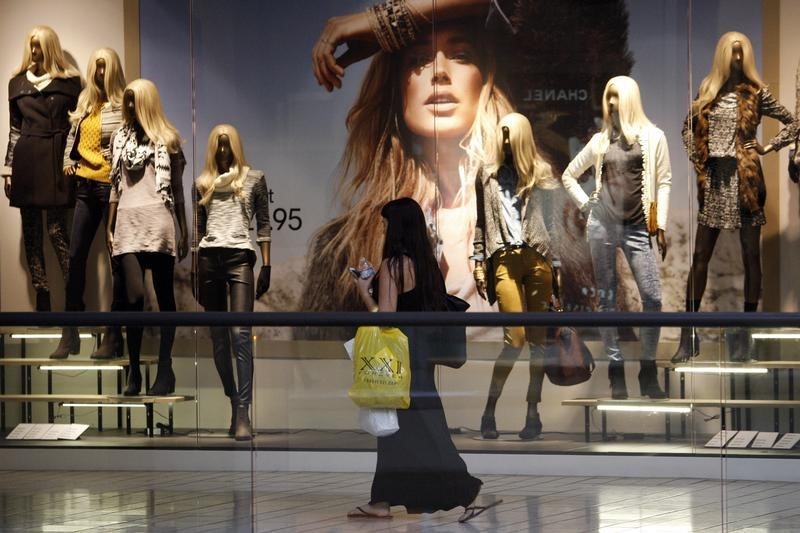MicroVision MOVIA lidar gains support on NVIDIA DRIVE AGX platform
(Bloomberg) -- U.S. retail sales rose by the most in four months and exceeded projections in July on a surge in online purchases, signaling consumer spending continues to prop up the expansion.
The value of overall sales climbed 0.7% after a downwardly revised 0.3% increase in the prior month, according to Commerce Department figures released Thursday. The reading topped all estimates in a Bloomberg survey of economists that had called for a 0.3% gain.
Sales in the “control group” subset, which some analysts view as a more reliable gauge of underlying consumer demand, rose 1% and also topped the most optimistic projection after a 0.7% rise in June. The measure excludes food services, car dealers, building-materials stores and gasoline stations.
The fifth-straight increase in retail sales shows Americans, buoyed by plentiful jobs and wage gains, remain comfortable spending -- a welcome sign as President Donald Trump's trade war with China weighs on the global outlook with threats of new levies on consumer goods. Personal consumption, the biggest part of the economy, was the largest driver of the expansion in the second quarter.
Ten of 13 major retail categories increased, led by a 2.8% jump for non-store sellers, which include online shopping. Retail sales in July may have been propped up by Amazon.com Inc (NASDAQ:AMZN).'s 48-hour Prime Day event, which the company said surpassed sales from the previous Black Friday and Cyber Monday combined. The promotion also likely drove shoppers to rivals Walmart (NYSE:WMT) Inc. and Target Corp. (NYSE:TGT)
Sales at department stores climbed 1.2% for the best gain since October.
Among the main categories, spending declined at automobile dealers, while readings for both health and personal care stores and sports and hobby retailers dropped the most this year.
Rate Cut
Federal Reserve officials cut interest rates last month for the first time in a decade while saying the labor market remains strong and citing robust consumption despite growing headwinds. Still, Trump’s feud with Beijing adds to global growth risks as signs of fragility spread from Germany to China and Singapore.
Stocks slumped this week and yields on two-year U.S. Treasuries rose above 10-year notes for the first time since the financial crisis, an inversion widely viewed as a sign of coming recession.
Motor vehicle dealers saw spending drop 0.6% after increasing 0.3% in the previous month. Industry data from Wards Automotive Group previously showed July unit sales slipped to a three-month low.
Excluding automobiles and gasoline, retail sales rose 0.9%, after a 0.6% gain the previous month.
Filling-station receipts increased 1.8%, the report showed, as gasoline prices were largely unchanged in the month according to separate data. The figures aren't adjusted for price changes, so sales could reflect changes in gasoline costs, sales, or both.
Labor Market
Separate data showed labor market strength eased somewhat, though conditions remain tight overall.
Jobless claims rose to a six-week high of 220,000 in the week ended Aug. 10, and a measure of continuing claims -- the number of unemployed Americans who qualify for benefits under the unemployment program -- jumped to 1.726 million in the prior week for the biggest gain since February. Economists had projected initial claims would rise to 212,000.
Meanwhile, a measure of nonfarm productivity grew at a 2.3% pace in the second quarter, exceeding projections, after an upwardly revised 3.5% rate in the first quarter. Unit labor costs increased at a 2.4% pace after a 5.5% gain that was revised up from a drop.
Get More
- Retail sales estimates in Bloomberg’s survey of economists for ranged from a 0.4% decline to a 0.6% gain from the prior month.
- The retail-sales data don't capture all of household purchases and tend to be volatile. Personal-spending figures, which also span services, will offer a fuller picture of U.S. consumption in data due at the end of the month.
©2019 Bloomberg L.P.
